Chaos, upsets and improvements are just a few terms thrown around to describe wildcard teams in the past few months. Since last years League of Legends World Championship, we have been paying much more attention to the upcoming regions after Pain Gaming’s performance bringing Brazil out from under the radar of many analysts and casters.
Coming into this year’s Mid-Season Invitational, wildcard teams had to play a qualification tournament in Mexico, the International Wildcard Invitational. The team representing Brazil this time at the international stage was Intz E-sports. Highly praised by analysts, coaches and their European practice partners from their bootcamp in Germany, Intz Esports were called out as the best team coming into the tournament and the favorites to win it. That turned out not to be the case.
SuperMassive from Turkey and Hard Random representing the CIS Region surprised everyone with their impressive performances. Not only did Hard Random win every encounter against the Brazilians, but also showed a better performance than anyone could expect.

IWCI Regions are still a “work in progress” but there are single teams shining through.
The international presence of the wildcard regions have been constantly growing over the past year. Their steady improvement is best exemplified in the increasing number of upsets wildcard teams have secured since Kabum’s infamous victory over Alliance. This is a result of increased investment into the regional scenes, leading to the creation of circuits in line with the League Championship Series. The competition is on the rise.
These regions are still works in progress, but they have created teams that shine through. Turkeys SuperMassive, for example, impressed everyone at MSI. Many might claim Pain Gaming’s performance at the 2015’s World Championship was the best, but SuperMassive took a game off the runner-ups Counter Logic Gaming, and played several solid early games that led to closer games than expected for a wildcard team.
While this sounds great for the wildcard regions, it is still far from optimal.
The best teams are doing better internationally, sure, but the rest of the teams are weak. This prevents the regions from being recognized outside of their international representatives performances, and can even lead to mis-evaluations of those representatives.
For example, the teams in CIS are so far below Hard Random’s level that it did not need to show its full strength to come out on top. Analysts got mislead by their true measure of skill, which appeared at the Wildcard Invitational. But that does not matter if the rest of the region cannot grow stronger and keep pace with its leader. If the teams in the wildcard regions want to start making an impact, one good team will not be enough.

That gulf between the best and everyone else will remain because of the lack of international events slows down development. Despite all the positive growth we have experienced over the last year, it is still much slower than if there would be the same amount of international events yearly as we had back in season two.
This is one of the reasons why Korea caught up so fast to the western regions as soon as they got their servers. Not only did they play every chance they had in the west, but they also invited Counter Logic Gaming’s North American and European teams to compete in their own tournament. This, combined with all the previous esports experience and infrastructure had to offer, Korea was able to build the best environment possible to succeed.
Wildcard regions also miss out on important exposure, and not just because of the lack of tournaments they attend. Despite the Wildcard Invitational being one of its own tournaments, Riot Games did not host it on it’s main Twitch channels, nor did they offer any kind of promotion or coverage for the tournament through Twitter.
With a bit more exposure, the wildcard regions could be taken more seriously by the major regions and this could affect their growth positively, but Riot Games does not seem to be invested into making this happen.
Although there are teams proving they need to be taken seriously internationally, the wildcard regions have a long way to go to catch up with the world. Having more international events would help those regions tremendously by giving it exposure and experience that could help sustain and improve local play. Were these regions given the opportunities that Korea had in season two, their hunger for success and overlooked talent could take them to the top of competition. For now, the wildcards must settle for a painfully slow grind just to achieve recognition.


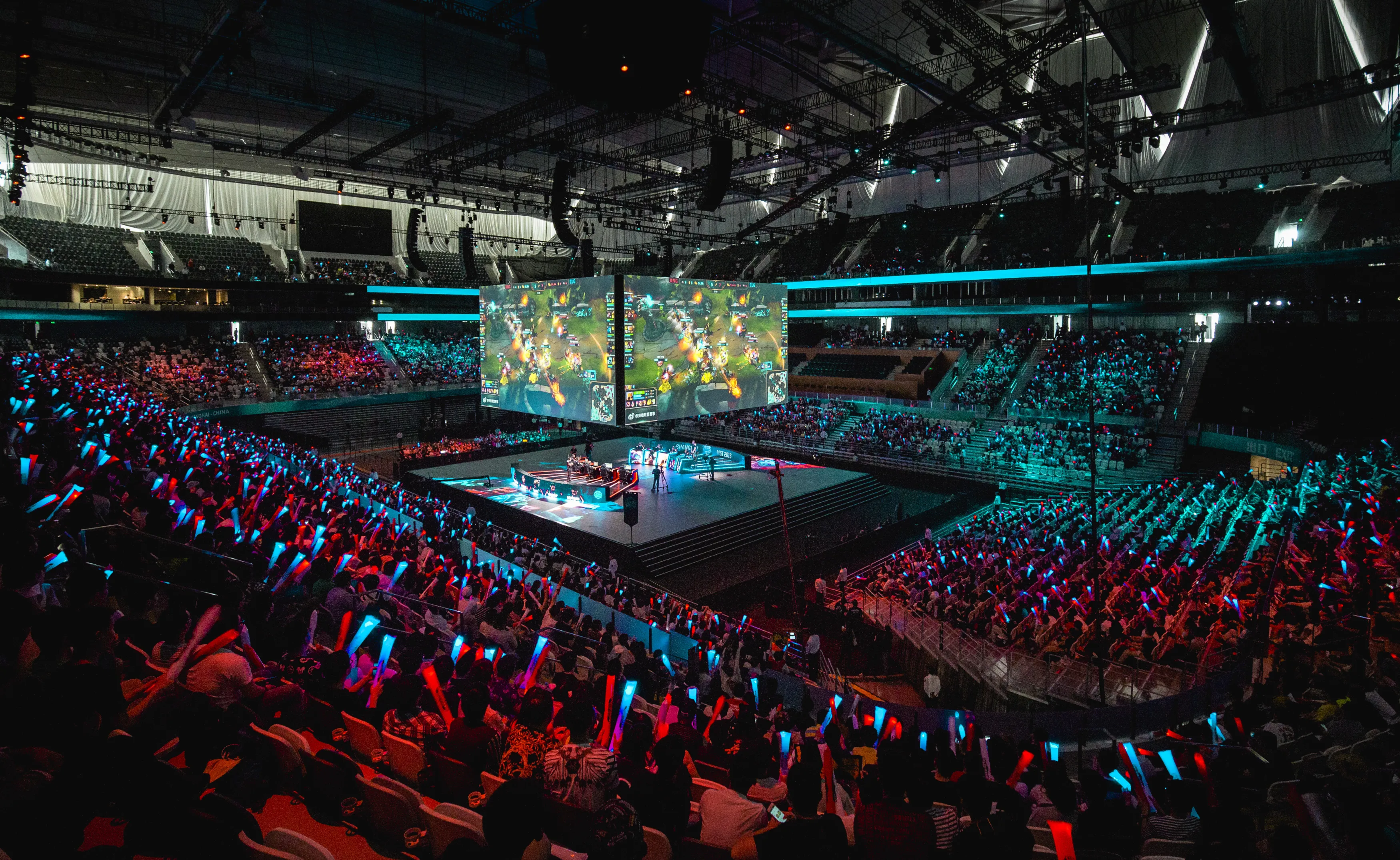
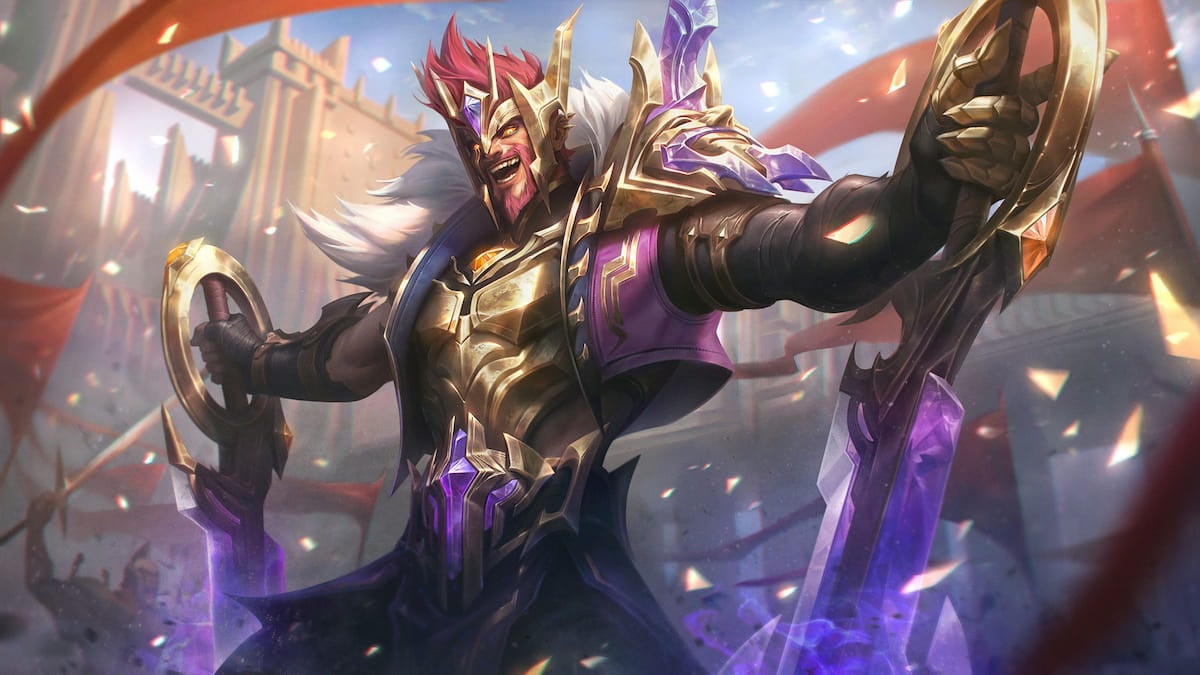
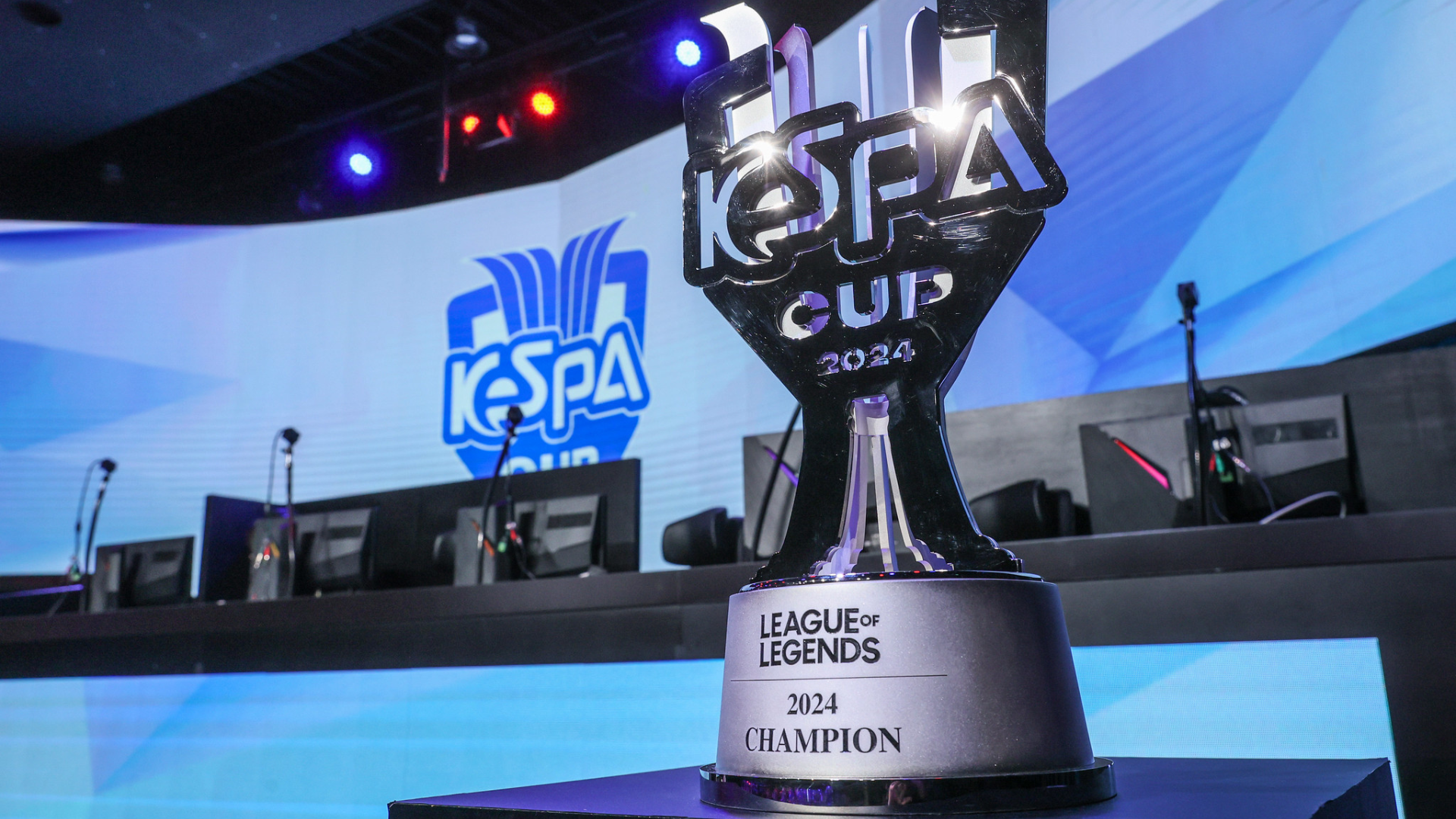



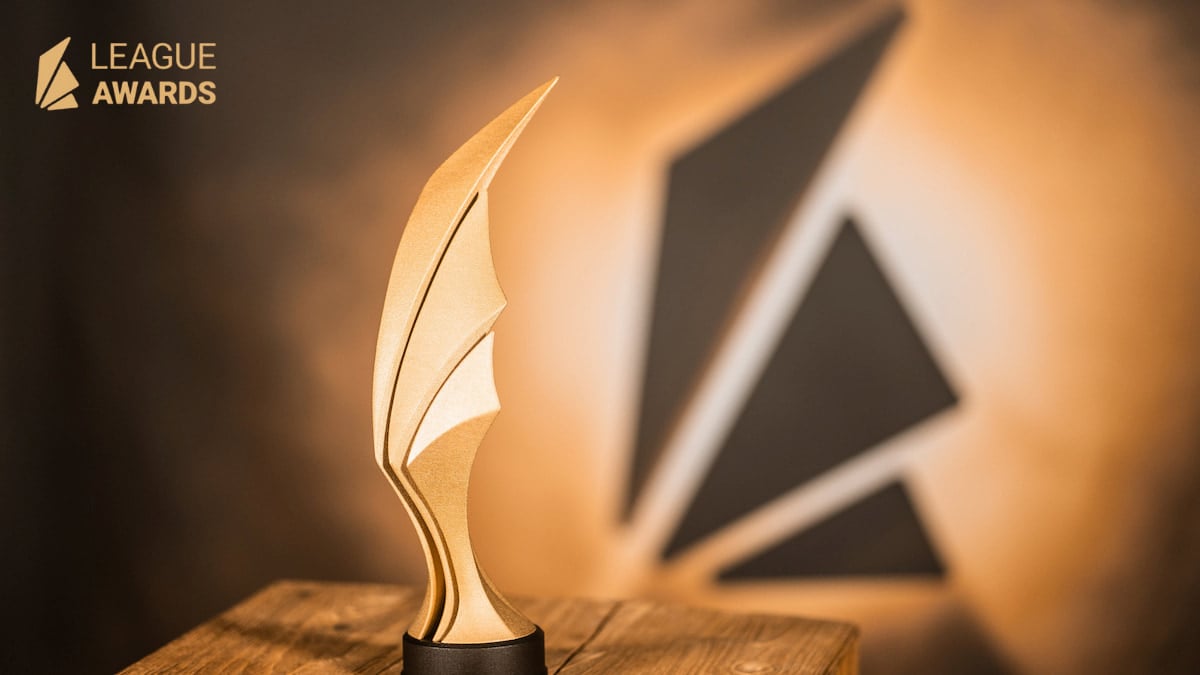


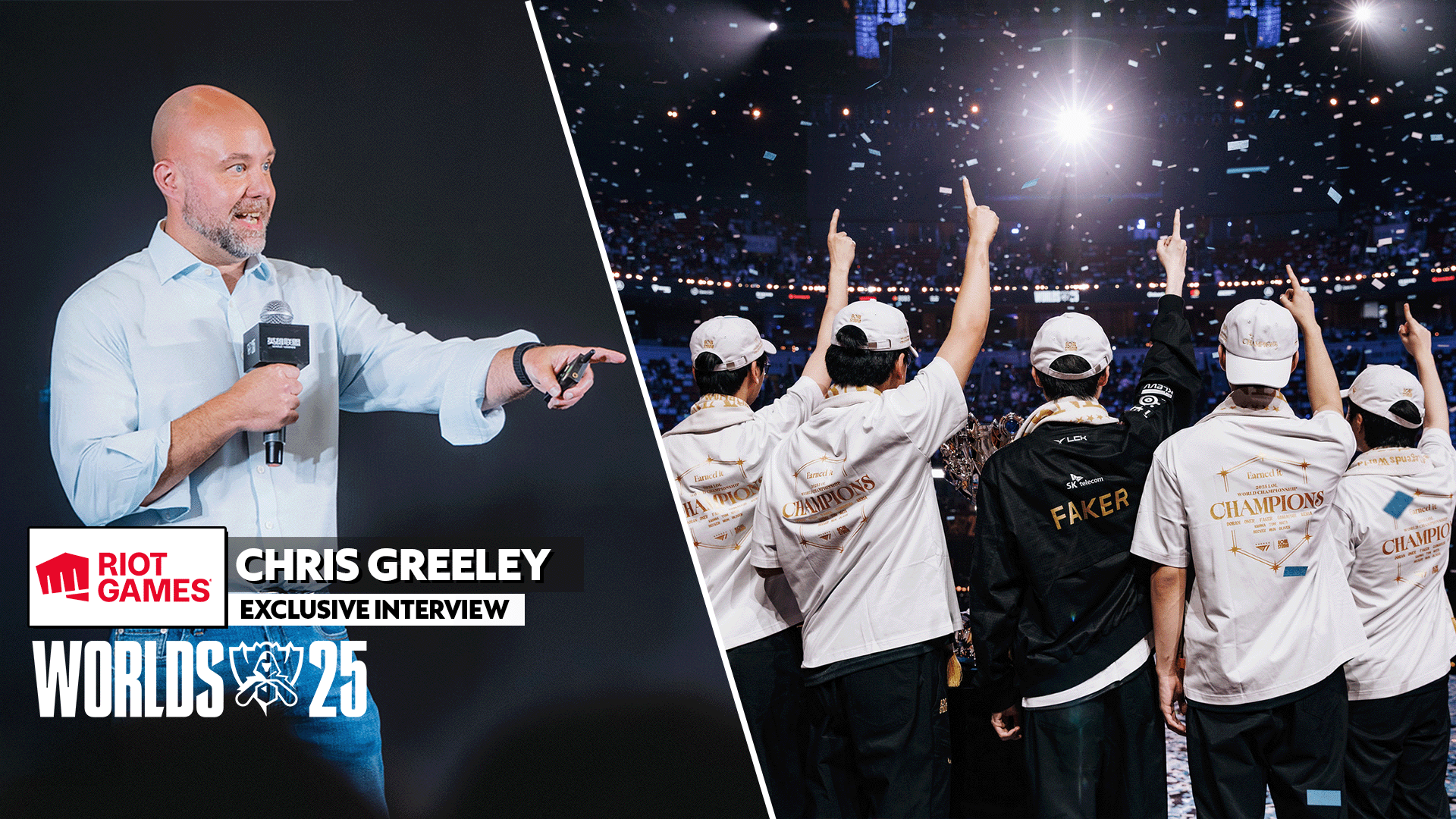
Published: May 25, 2016 02:21 pm